Applications of titanium dioxide in industry(1)
Application on ink
Ink is a viscous fluid composed of colorants, fillers, additives and color developers.
At present, printing newspapers, books, pictures and printing iron, printing metal, printing porcelain, printing rubber, printing plastics and printing wireless semiconductor circuit boards are all inseparable from ink.
Because titanium dioxide has high hiding power, high achromatic power, fine particles, resistance to dilute acids and alkalis, light resistance, heat resistance, not easy to yellow, good hydrophobicity, low fluidity, insoluble in color developing agents and can be evenly dispersed in the exhibition Among the colorants, it is an indispensable colorant for high-grade white ink and light-colored ink.
Application in coatings
Paint is a viscous suspension composed of pigments, oils, paints (resins), solvents and driers.
Among pigments, white pigment is the most widely used. It is used in both white paint and light-colored paint. Therefore, the amount of white pigment used in making paint is much greater than that of other pigments. White pigments that can be used to make paint are often zinc white, zinc barium white and titanium dioxide.
Due to the development of paint industry varieties, synthetic resin paints have appeared, which have a high degree of polymerization. If zinc white is added, the zinc white is alkaline and interacts with the free fatty acids in the paint, causing it to tend to thicken; if zinc and barium are added, If it is white, it has poor weather resistance. However, the above shortcomings can be improved by using titanium dioxide, because the particles of titanium dioxide are small and uniform, have high photochemical stability, the covering rate is more than twice that of zinc white and zinc-barium white, and the achromatic power is 5 to 6 times greater. Therefore, It can greatly reduce the amount of pigment used in the entire paint.
The paint produced at the same time has good color, is not easy to yellow, and has chemical stability such as heat resistance, acid resistance, sulfur resistance, and alkali resistance. Especially rutile titanium dioxide has a stable structure, better weather resistance than anatase type, and can withstand It has the advantages of not being pulverized when exposed to ultraviolet rays outdoors.
Therefore, it is suitable for various high-grade outdoor coatings such as ships, bridges, automobiles, and buildings with high weather resistance. Anatase titanium dioxide is generally only used for indoor coatings. It can be seen that titanium dioxide has become an essential white pigment in coating production. Approximately more than 60% of titanium dioxide in the world is used in the production of various coatings.
Applications in plastics
Plastic is a mixture of resin, plasticizer, filler and colorant. It has the characteristics of light weight, corrosion resistance, friction resistance, high mechanical properties, good electrical insulation, easy processing, and beautiful appearance.
It can be used as structural materials, insulation materials and corrosion-resistant materials, and is widely used in various sectors of the national economy, military industry and cutting-edge science and technology. In order to make plastics have beautiful colors, a certain amount of colorants are often added to plastics. The requirements for colorants are that they are easy to color and disperse during processing, and that they do not react chemically with other components in the plastic.
Because titanium dioxide has high whiteness, strong achromatic power, good opacity and chemical stability, using titanium dioxide instead of lithopone can reduce the amount of white pigment by 2 to 3 times, so it is necessary for manufacturing white or colored plastics. Color filler, the finest white pigment. When used together with other pigments, it can form beautiful and bright colors, because toys and food utensils are non-toxic

